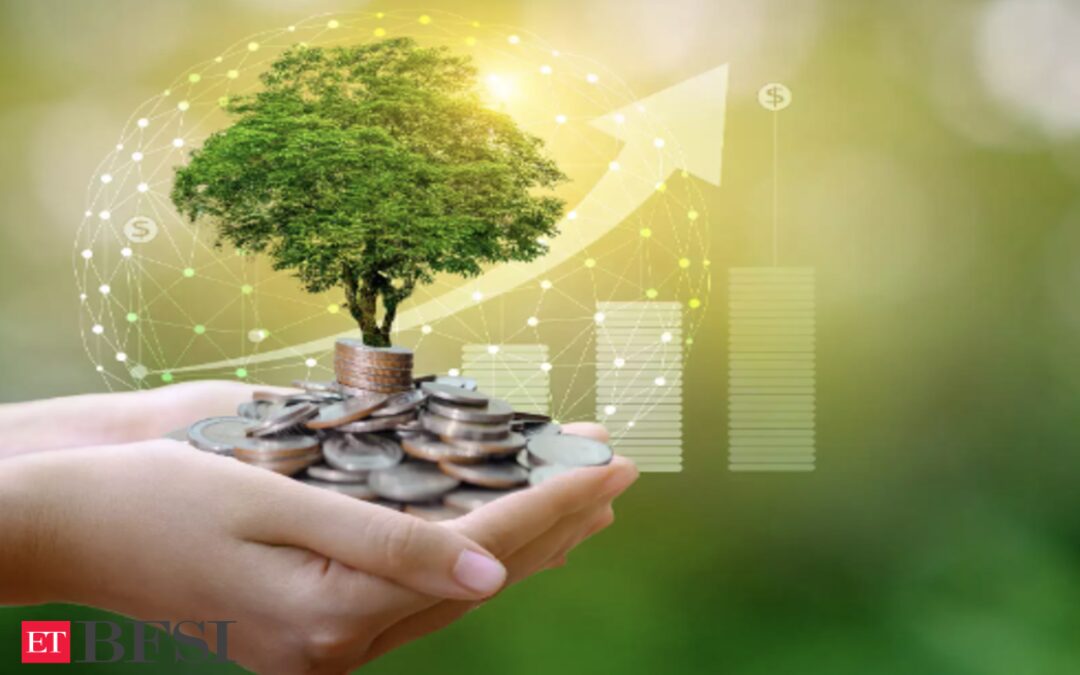It is surprising that the Parties – member countries in UNFCCC parlance – that burn the midnight oil (an equivalent LED based idiom has yet to emerge) every COP on the bracketed text and in reading between the lines, left the most important of the operative parts quite ambiguous. Yes, we are talking about a very clear definition of climate finance and what all would constitute a real and additional climate finance; specifically in the context of the commitment by the developed countries of mobilizing jointly USD 100 billion per year by 2020 to address the needs of developing countries. The First Global Stocktake at COP28, Dubai, though, reiterated vide para 69 “Notes that scaling up new and additional grant-based, highly concessional finance, and non-debt instruments remains critical to supporting developing countries, particularly as they transition in a just and equitable manner…” (https://bit.ly/3Vk1s34). The key terms appearing here are (a) new and additional, (b) grant-based, (c) highly concessional, and (d) non-debt instruments. Let us keep these as the backdrop while unpacking the OECD 2024 report `Climate Finance Provided and Mobilised by Developed Countries in 2013-2022’ (https://bit.ly/4bX6uIk), an analysis that has created both, jubilation as well as frustration, among different segments of the climate community. So, going beyond the headline “Developed countries exceeded the USD 100 billion annual goal for the first time in 2022” three years before the 2025 deadline (never mind a trifle matter of this being 2020 originally but then it’s better late than never). The key messages from this report are as follows:
- In 2022, as in previous years, developed countries’ public climate finance provided bilaterally and through multilateral channels mainly took the form of loans (69% or USD 63.6 billion) and, to a lesser extent, grants (28% or USD 25.6 billion).
- Over the period 2016-2022, close to 90% of financing provided by MDBs took the form of loans.
- In contrast, the mix was comparatively more balanced for multilateral climate funds with 39% loans and 54% grants.
- Financing provided by the bilaterals was 57% loans and 39% grants.
- The relative shares of mitigation and adaptation in the aforementioned climate finance mobilization were 60% and 28% respectively in 2022.
- Loans represented 92%, 87% and 85% of public climate finance among high-income countries (HIC), upper-middle countries (UMIC) or lower-middle income countries (LMIC) respectively provided over 2016-2022. India is a lower-middle income country.
- Over 2016-2022, while 38% of public finance for the adaptation was provided through grants, only 15% was grant-funded for mitigation.
- Between 2016 and 2022, the energy and transport sectors accounted for 62% of the total mitigation finance provided and mobilized.
It may be safe to conclude, therefore, that the bulk of public climate finance, through multilateral and bilateral channels (such as the World Bank and ADB etc.) has come in the form of loans with grants forming a miniscule share. The multilateral climate funds e.g. GCF, GEF, Adaptation Fund, and IFAD etc.) fared better in terms of grant-based financing. How does it square off with the first Global Stock Take in Dubai, which noted that `new and additional grant-based, highly concessional finance, and non-debt instruments remains critical to supporting developing countries’? Insofar as `new and additional’ part of the climate financing is concerned; at best it may be termed as a grey area mainly because a clear definition of this climate finance accompanied by a transparent tracking framework was not put in place. So, it is more akin to self-certification. Moreover, it is said that the entire loan amount by a MDB is taken upfront at face value, the disbursal of which may take years. Here, it may be pertinent to refer to a 2015 discussion paper, titled `Climate Change Finance, Analysis of a Recent OECD Report: Some Credible Facts Needed’ prepared by Climate Change Finance Unit, Department of Economic Affairs, Ministry of Finance, Government of India. The paper raises four issues in this regard: “(1) climate change finance flows need to be precisely that: measured flows, meaning, disbursed funds crossing borders. Not promises, pledges, or multi-year commitments about promised sums in the future. It has to be actual disbursements. The OECD counts commitments to arrive at its figure, not actual flows; (2) the definitional requirements are crystal clear: climate change finance has to be ‘new and additional’. The reason is simple: if monies meant for development are reallocated to climate, then we are robbing ‘Paul to pay Peter’; (3) if we ask the official aid agencies (and MDBs) themselves to ‘self-tag’ their projects, identifying those projects that they judge to be climate related. It’s called a ‘principal-agent’ problem in economics: setting up incentives for agencies to ‘game’ the system; and (4) we can count only the grant-equivalent element of any claimed climate change financing, not the gross face-value of all loans, guarantees, export credits and other elements. Why? Because that is what was agreed, is widely established, is part of the GCF agreement, for example, and makes economic sense: to identify the additionality to cover the risks and costs of climate externalities, as agreed under the Convention.” (https://bit.ly/3yGUrAN).
With loans outstripping grants by a wide margin and the additionality being in a doubtful zone, what does it signify in terms of the quality of climate finance? Moreover, the vast difference in quantum of financing between mitigation and adaptation is indicative of preference being accorded to `commercially viable’ mitigation projects (e.g., energy and transport sectors) as opposed to adaptation and climate resilience where benefits are largely intangible, that too accruing over long gestation periods.
Lastly, it may be interesting to take note of another unfortunate, manmade calamity and ascertain the kind of financial and military aid it is attracting. Total bilateral aid to Ukraine between January 24, 2022 and February 29, 2024 amounts to over USD 171 billion (https://bit.ly/456QGAp). And now, reportedly, NATO Secretary General has proposed to commit aid worth USD 43 billion for “as long as necessary” (https://bit.ly/4e1Wy28). How much of it has been through loans? Let us draw our own conclusions.











